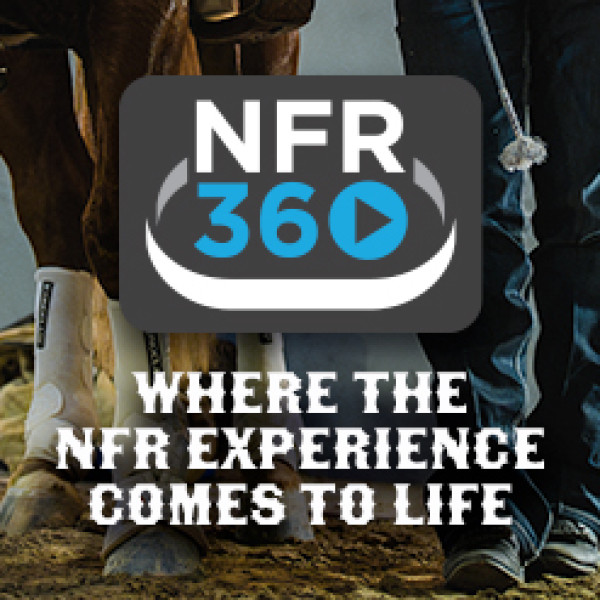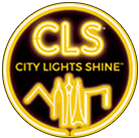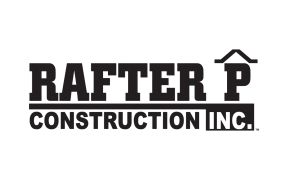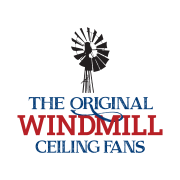
Jul 29, 2022
Sustainable Rodeo
By: Susan Kanode
As I was driving around Frontier Park before the first performance of the Cheyenne Frontier Days Rodeo, I asked myself, “What can we do to make rodeo sustainable?”
Cheyenne Frontier Days celebrated their 126th anniversary this year. I’m so blessed to have been part of this rodeo for many years and I have a legacy of my own that goes back over a century. I grew up about 40 miles from Frontier Park across the Wyoming border in Colorado. My great-grandparents first moved there in 1917. My grandmother and her brothers rode their horses to the neighbors about 20 miles away. The neighbors were pretty well off and had one of the first cars in the country. The men rode horses to Cheyenne – probably about 20 miles – and the women came in the car. Then when they got to Cheyenne, they parked the car and loaded as many people as they could on horses because everyone that was horseback got in free.
It’s one of my favorite stories that my grandmother told me.
Grandma is gone now and while I plan on living a good long while yet, I know that I’m not going to see 200 years of Cheyenne Frontier Days. So, what can I do now to help ensure that rodeo is sustainable for future generations?
It’s a question that rodeo committees, organizations and everyone involved is asking. We look at numbers, look at our history and plan for the future. Cheyenne Frontier Days has done that and made serious changes to their competition format starting in 2019. It is still evolving, and the committee is working hard to consider all of the elements and consider all of the options as they plan their events.
That’s true of all rodeos today. And no matter what, they can’t make everyone happy. When CFD started, people did come to events on horseback. As automobiles became the standard, they had to figure out parking. As rodeo has developed from a ranching hobby to a sport, the pickups, campers and trailers have also grown.
They used to have chuckwagon races with the night show. Those were discontinued to make room for team ropers. The barrel race was also held at night and they started running from the opposite end of the arena than they do now.

When CFD went to a tournament style of competition, a lot of timed-event contestants — especially the steer wrestlers — boycotted the rodeo. I understood that and felt their pain.
Cheyenne’s rodeo had typically been two long rounds, a final round and the winner was whoever did best on three head. Going to a tournament-style meant that contestants were traveling more and working harder to get here, compete more times for less money. The money really wasn’t less, it was just spread across the rodeo, paid to more individuals and the big winners didn’t get as much as they had in the past.
The start for the cattle has been shortened. Timed events have qualifying rounds which years ago would have been first round slack. Now, they are competing for a chance to advance to a performance which is the Quarter-Finals of the rodeo.
Each performance pays the top contestants and they advance to the Semi-Finals. The champion is crowned based on their time or score in the final round instead of on a total. The argument has been made that it’s better for the fans as they see a winner every day. And being part of the Cowboy Channel and RFD-TV’s broadcast has factored in.
Do I love the new format? I can’t honestly say yes. Do I miss the old days of contestants running two or getting on two bucking horses and getting to spend time here. You bet. Are the timed events any less exciting? Not for the average fan who doesn’t know the difference. For this ranch-raised cowgirl, they might be a little less like a pasture roping.
Before the new format, there were multiple sections of the different events, especially the steer wrestling. This was the only rodeo I went to where rough stock cowboys would leave the beer stand to make their way back to the arena to watch the steer wrestling.
The 30-foot score, combined with fresh cattle and runaway horses in the expansive dirt provided entertainment like none other. I miss it. Do I still love Cheyenne? You better believe it.

The changes haven’t just affected the timed events. Bareback riders and saddle bronc riders only have one shot at advancing. But they only have to do better than eight other guys to advance to the next bracket in the tournament. The format for bull riders is similar, but they get two opportunities.
The odds of getting a paycheck of some kind are much better now. And when the committee made the change to their format, they also increased their added money. I’ve heard comments that Cheyenne should be more like Calgary. There are some similarities between the two, but there are far more differences.
Calgary is a major metropolitan city. Cheyenne is the biggest town in Wyoming but is still relatively small at just under 65,000. They have 10 rodeo events here with equal added money, the three rough stock, team roping heading and heeling, steer roping, steer wrestling, breakaway roping and barrel racing. If each member of this community donated $10, it wouldn’t cover the $67,000 per event that the committee has added.
I know rodeo contestants that love Calgary and won’t come to Cheyenne. There are also a lot that get to nod their heads at Cheyenne that will never be among the elite that qualify for Calgary. That is one of the biggest distinctions between the two, opportunity to compete.
Cheyenne increased those opportunities this year with qualifiers for the timed events. Held the week before the rodeo started, volunteers spent hours upon hours loading cattle, working the arena and giving contestants a chance to advance to the Quarter Finals. Only one go in the bareback and saddle bronc riding gave 72 riders a chance to advance instead of being divided into pools.
The amount of animals provided by stock contractors is staggering. The 82-acre complex that has been developed fully by the generations of volunteers has never had a drop of government funding.
As I’m writing this, today’s contestants are still cleaning mud out of their gear. This dry-arid climate nearly always gets rain during CFD. That rain could really affect the competition when it is cumulative. With the new format it evens out the playing field.
“Honestly, I really like it,” Chet Johnson a lifelong Wyoming resident and saddle bronc rider said. “I’ve been here now with both formats. This feels like more of a riding contest. The stock continues to get better and luck of the draw isn’t as big of a factor. This still is and always will be one of my favorite rodeos.”

Johnson was also one of those that would make his way back to the arena to watch the steer wrestling. And this was the only rodeo that he made a special effort to watch a timed event.
Regardless of the format, Cheyenne’s rodeo is one that has the richest history in the world and is best experienced live. The Hirsig family has been part of that history from the beginning. Tom Hirsig, the current CEO is the fourth generation to be involved in the celebration.
His great-uncle Charlie helped organize the inaugural event. Fred Hirsig, Tom’s great-grandfather assisted in the arena served on the committee and also judged the bucking contests in 1905. Tom’s father, Buddy, was the arena director for years. Tom took over that position in 1992. He also competed in the steer roping and won this rodeo in 2002. Now, he oversees the day-to-day operations and does it all with an obligation to keep Cheyenne Frontier Days sustainable.

“There are a lot of moving parts here at Cheyenne,” Hirsig said. “We think about how to entertain our fans at every step of our show development. The rodeo is a big piece of the pie, but it’s not the only piece. We’re doing our best to evolve and change and include new things that add to the overall experience. Cheyenne Frontier Days’ reputation as the “Daddy of ‘em All” and our history is important. There are so many individuals, including the 3,000 volunteers that contribute to our success. This organization started in 1897, putting on a celebration of the Western Lifestyle. That mission hasn’t changed and we want it to go on for many future generations.”
That’s my hope for all of rodeo, that these celebrations continue and that kids dream of growing up to be cowboys and cowgirls. My name is Susan Kanode and I am a Cheyenne Frontier Days Fan.















































